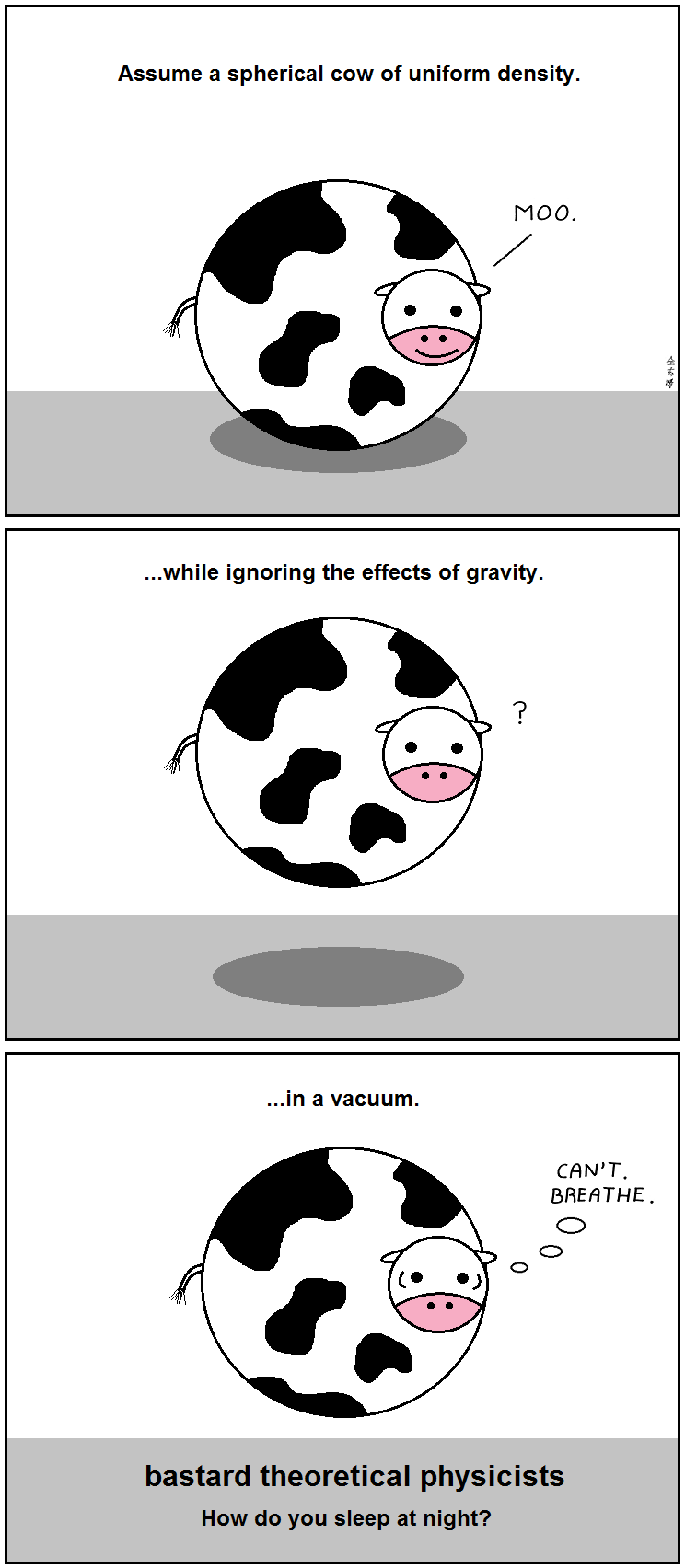 2011 is drawing to a close, and what a big year it was…for science! Many interesting and important scientific things occurred, and we hope you were paying attention, because here’s your chance to test your knowledge of the most notable scientific developments of 2011 with our super-scientific end-of-the-year quiz!
2011 is drawing to a close, and what a big year it was…for science! Many interesting and important scientific things occurred, and we hope you were paying attention, because here’s your chance to test your knowledge of the most notable scientific developments of 2011 with our super-scientific end-of-the-year quiz!
Did you know you can win actual prizes in our quiz? That’s right! You can be the proud owner of a stylish faux-styrofoam eco-cup OR a one-of-a-kind t-shirt!
Here’s how:
Answer the questions below and email your answers to lwonquiz@gmail.com. We will choose a winner by random drawing among all the correct entries.
OR

Add your own quiz question and answer and put it in the comments! You must write a question AND add four answer choices. The best question wins a prize!
Tom will announce the correct answers and winners on Friday. All entries must be received by 11:59 PM on Wednesday, December 14.
Good luck!
Erika and Tom
1. Scientists sparred over a claim that what was incorporated into DNA? Continue reading






